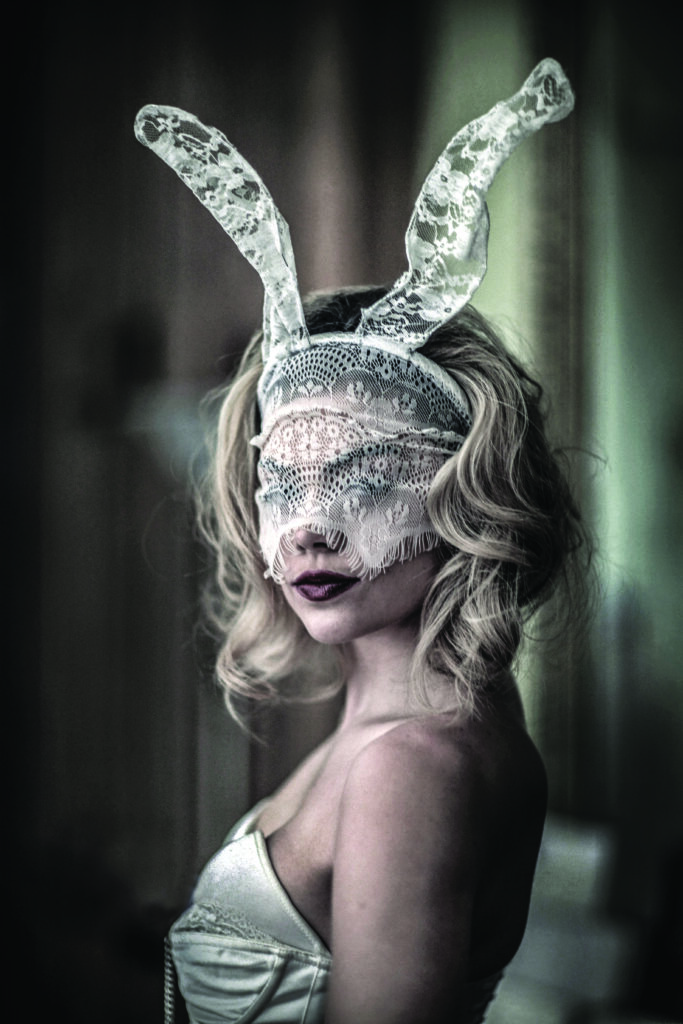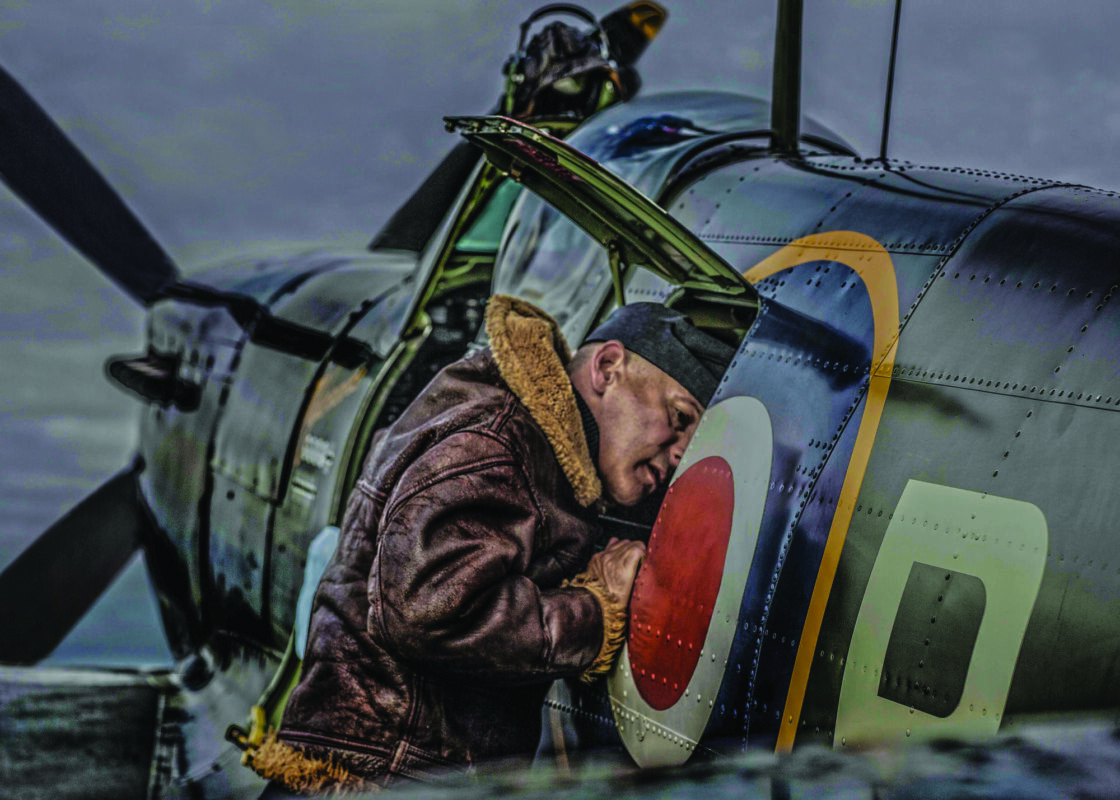If every picture tells a story, Lou Boileau’s pictures tell the best stories. And, in an age when everyone has a camera at their fingertips and isn’t afraid to use it, Lou’s tell the stories that make you sit down and listen rather than swipe across to the next sparkly thing.
After leaving his native Northamptonshire to study photography at art college, Lou became fascinated by portrait photography and how to capture the character and essence of a person. He learned about lighting and equipment, film and digital, while at the same time finding out how to uncover, in a short space of time, as much about his subject as possible and bring that out in the finished work.
Armed with the confidence of youth, he approached some of the biggest names of the time to ask if they would allow him to photograph them. The late John Thaw, of Inspector Morse fame, and alternative comedian Rik Mayall were among his early subjects, and provided a platform for Lou to build a reputation as a portrait photographer. Since then, he’s created portraits of household names from actors Eric Sykes, David Suchet and Liz Smith to chef Keith Floyd, racing driver Jackie Stewart and comedian and actor Rob Brydon, while at the same time learning how to apply the same talents to corporate shoots, capturing the essence of a business and the people within it.
He’s also worked with theatre companies and in the world of motor racing in order to provide fly-on-the-wall, behind the scenes looks at what goes on, from the performers to the drivers, the managers, directors, crews and support teams, distilling the energy and emotion of a high-performance world into a collection of
still images.
“I’m not sure why more businesses don’t see the value of a good portrait,”
said Lou.

“Anyone can take a photograph these days and maybe people have become a bit lazy because of that. You can get a decent image on a mobile phone, but you can’t get a great one. With the advance of social media, there are so many photographs out there now, but they don’t really do much for anyone, they can be quite ordinary, when a well-taken portrait, one that makes people stop and think, that tells a story, is going to say so much more about you.
“Through approaching people like John Thaw and asking them if I could photograph them, I taught myself early in my career what it takes to make a great portrait. You usually get an hour or so of their time and so you have to work quickly, you have to find out what you can about their characters and how to capture their personality in a shot. And preconceived ideas often go out of the window, you think you know someone but once you meet them and speak to them, they turn out to be totally different and as a photographer, I want to be guided by that, rethink what I might do and get immersed in their world.
“I did a shoot with the comedian Norman Wisdom andasked him to do as many of his characters and comedy expressions as he could, and we ended up with 24 separate images that worked so well together, I put them into a single piece that really showed what he was all about. I suggested repeating that idea more recently when I worked with Hugh Bonneville, who’s known for so many different roles. He agreed and we ended up with a fantastic result.”

When asked about his favourite ever project, Lou goes back the time he approached the actor Jeremy Brett, who was appearing as Sherlock Holmes at the Wyndham Theatre in London. The dressing room was lit only by an electric wall lamp and the mirror lights, and Jeremy was halfway through doing his make-up to go on stage. Lou suggested photographing Jeremy looking back at him through the mirror, showing the side of his face where he was still Jeremy Brett, with a reflection of him made up as Sherlock.
“It was a classic example of working with what you’ve got, and with not much time to get it right, but it turned out to be one of my favourite portraits. I’ve been lucky with people agreeing to commission me, but there are still some people I would love to shoot. It’s too late now, but I would have loved to have photographed Dr Jonathan Miller; and I would like to do shoots with David Hockney and Alan Bennett. Maybe one day, but in the meantime, I’ve got plenty to keep me interested and busy, and my portrait work led me to new and different things.”
An offer to go behind the scenes in the world of motor racing took Lou into a very different area. It began with one of the large manufacturers putting forward the idea of a coffee table book recounting a year in the life of motor racing, through all its levels right up to the glamorous world of Formula 1.
Although he’s happy to work with clients who want to offer direction as to the shots they want, Lou is happiest given free range to let his imagination, experience and creativity shine through, believing that it’s not always the obvious approach that works.
“Whether it’s my motor racing work, or backstage at a theatre, or working with a business client, I always try to come up with something different,”
explained Lou.
“And it’s the desire to capture that something special that has led me to return to film over digital as much as I can. With film you have to slow things right down, look around you more, set the scene. Digital is great, but it allows you to work too fast, you can do hundreds of shots rather than trying to get it right in 12 frames. The finished image is different too, it’s almost as if it has another layer to it. A lot of people equate shooting with film to listening to music on vinyl. It’s more of a performance, there’s the crackles and scratches at the beginning, it’s not perfect but it is truer, it is like a bit of magic happening – you’ve made something special and that’s a great feeling.”
See more of Lou’s work at www.louboileau.com

